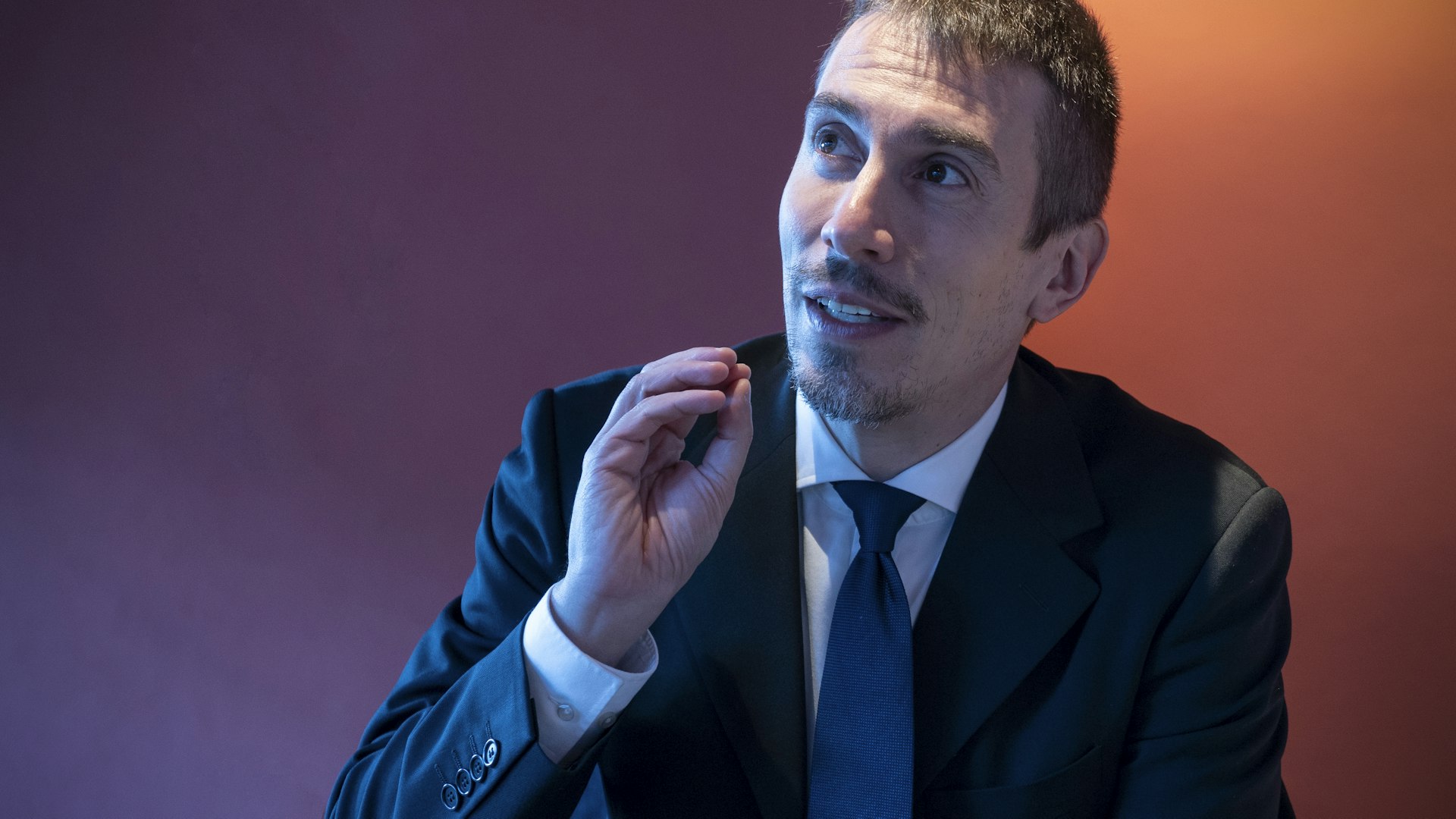magazine_ Interview
Ancient Egypt, high fashion and a bunch of beauty
Interview with Christian Greco, director of the Egyptian Museum of Turin
We talk about beauty and inspiration with Christian Greco, director of the oldest museum in the world dedicated entirely to Egyptian civilization, invited to Bolzano for a conference.
Fashion designer Elsa Schiaparelli, who invented the color shocking pink in 1936, and Egyptologist Ernesto Schiaparelli, who directed the Egyptian Museum in Turin in the early 1900s, were cousins. There’s no surviving record of the two ever having collaborated, but it is fun to imagine what kind of conversations they would have had. And though times change, appreciation of beauty it seems, does not. According to the museum’s current director Christian Greco: "If Hermes wanted to make bags or scarves with the detail of papyrus decoration, I would be very happy and would not impose any copyright. The curiosity generated by something so beautiful could in fact inspire visitors to our collection for this very reason.”
Speaking of beauty and Ancient Egypt, what are the first things that come to your mind?
Christian Greco: I think of the vividness of the colors that decorate sarcophagi, temple friezes and statues. This polychromic derives from a profound observation of nature to the point that Egyptian blue was called ḫsbḏ-ỉrjt, that is, "made of lapis lazuli," precisely because it imitated the intensity of the stones. I think of the anatomical rendering of the statues, for example the kneeling, slender and perfect body of the pharaoh Amenhotep II, an artifact from the Egyptian Museum collection. And of the bust of Nefertiti: one of the most sensual and beautiful faces that history has ever given us. Although it is not usually defined as such, I believe that the beauty of Ancient Egypt is a "classical" one. And I refer to the definition that Plutarch gives of this in the Life of Pericles: “the classic is at the same time ancient and new. What the ancient Egyptians wanted to represent with their art was ideal beauty and that beauty still leaves us astonished today.”
Over time, however, the way in which we relate to beauty has changed. During your lecture you showed the image of a fragment of a sarcophagus. The person who found it removed only the portion they considered most valuable...
Greco: Today that would be unthinkable and the mentality that dominates is that any conservation intervention must be completely reversible. There are even those who believe that dusting an archaeological relic is not acceptable. Those interested in conservation today eliminate, where possible, all past interventions that have affected the artefact. Today, we undo restoration in order to show an object for its history and essence.
On several occasions you’ve mentioned that your passion for Ancient Egypt was ignited during a trip you made on the Nile with your mother when you were 12 years old. What impressed you in particular?
Greco: How could I not remember... The great temple of Abu Simbel erected by Ramesses II and the decorated ceiling of the sepulchral chamber of Ramesses VI, where the goddess Nut appears twice, separating the cosmos left me awestruck. It was in front of those vivid and beautiful images that I decided to become an Egyptologist.
This interview was published in 2018, in issue of the magazine Academia, with the title “Antico Egitto, alta moda e tanta bellezza”.
The research
Did the architect Kha and his wife Merit suffer from any diseases? And what were their eating habits? These are some of the questions that microbiologists and anthropologists of Eurac Research have posed. At the head of an international research team, they have subjected the over 100 mummies of the Egyptian Museum in Turin to 147 CT scans, 81 sampling to extract ancient DNA, 86 sampling for isotopic analysis, 104 sampling for carbon 14 dating, 96 sampling for microbiological analysis and 106 Activity Water measurements, for a total of over 1 Tb of images saved on the servers. The results of the analysis are fortunately all positive: the mummies of the Egyptian Museum are fine.

